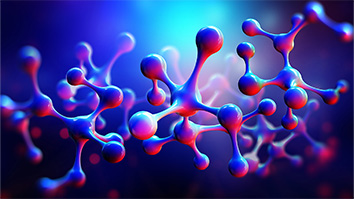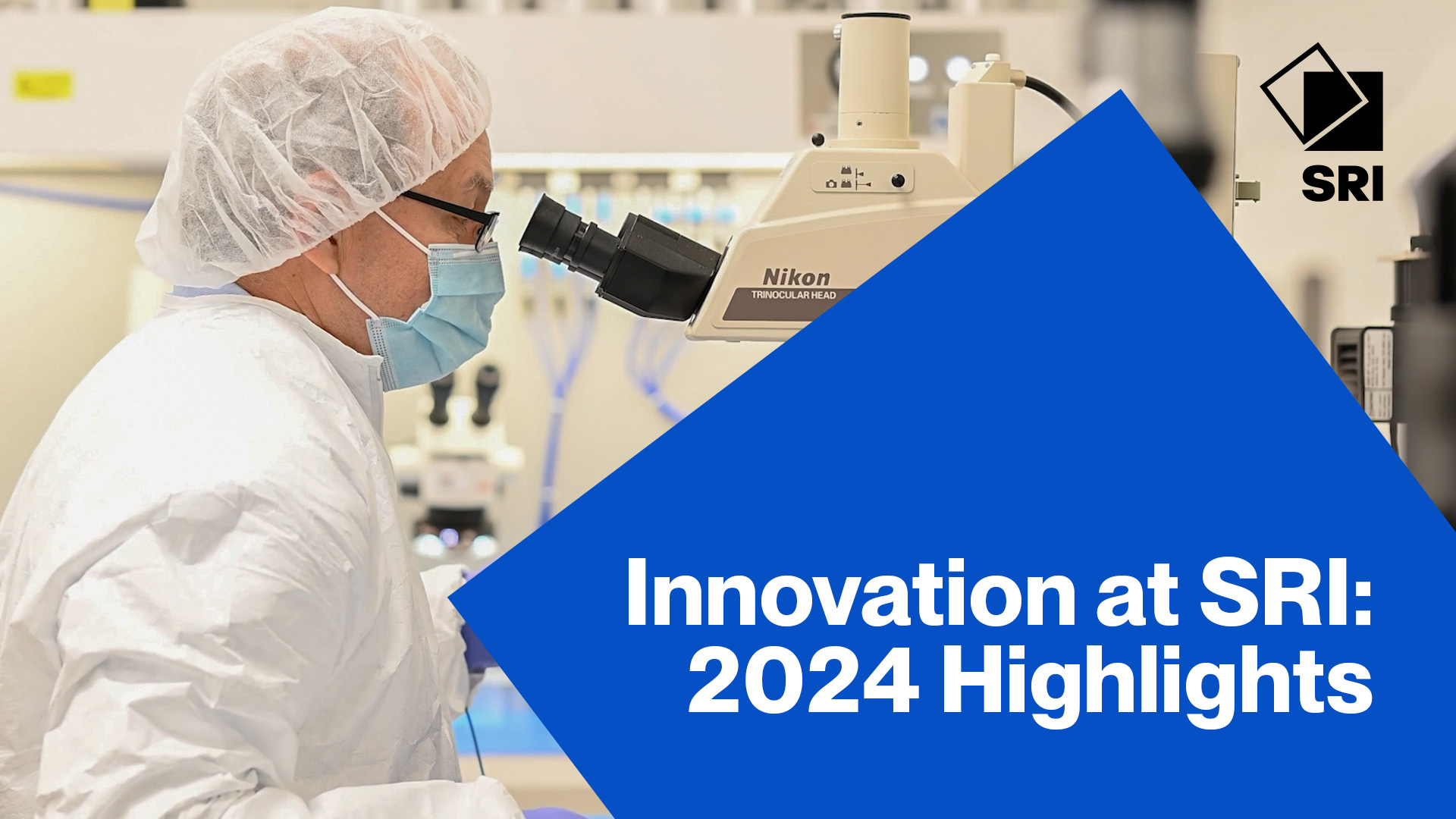Citation
Gates, S. D., Daniel McCartt, A., Lappas, P., Jeffries, J. B., Hanson, R. K., Hokama, L. A., & Mortelmans, K. E. (2010). Bacillus endospore resistance to gas dynamic heating. Journal of applied microbiology, 109(5), 1591-1598.
Abstract
Aim: To develop a novel laboratory procedure for the study of shock wave-induced damage to Bacillus endospores.
Methods and Results: Bacillus atrophaeus endospores are nebulized into an aerosol, loaded into the stanford aerosol shock tube and subjected to shock waves of controlled strength. Endospores experience uniform test temperatures between 500 and 1000 K and pressures ranging from 2 to 7atm, for a relatively short time (2–3 ms). During this process, the bioaerosol is observed using in situ laser absorption and scattering diagnostics. Additionally, shock-treated samples are extracted for ex situ analysis including viability plating, flow cytometry and SEM imaging. Measurements indicate that endospores lose the ability to form colonies when heated to test temperatures above 500K while significant breakdown in morphology is observed at test temperatures above 750K.
Conclusion: These results demonstrate the disruption of essential biochemical pathways or biomolecules prior to the onset of significant endospore morphological deterioration.
Significance and Impact of the Study: This novel laboratory approach to study the interaction of endospores with shock waves provides an experimental means to investigate the mechanisms of endospore resistance to rapid heating. In addition, this methodology allows for the direct simulation of a blast wave–bioaerosol interaction in an atmospheric environment.


